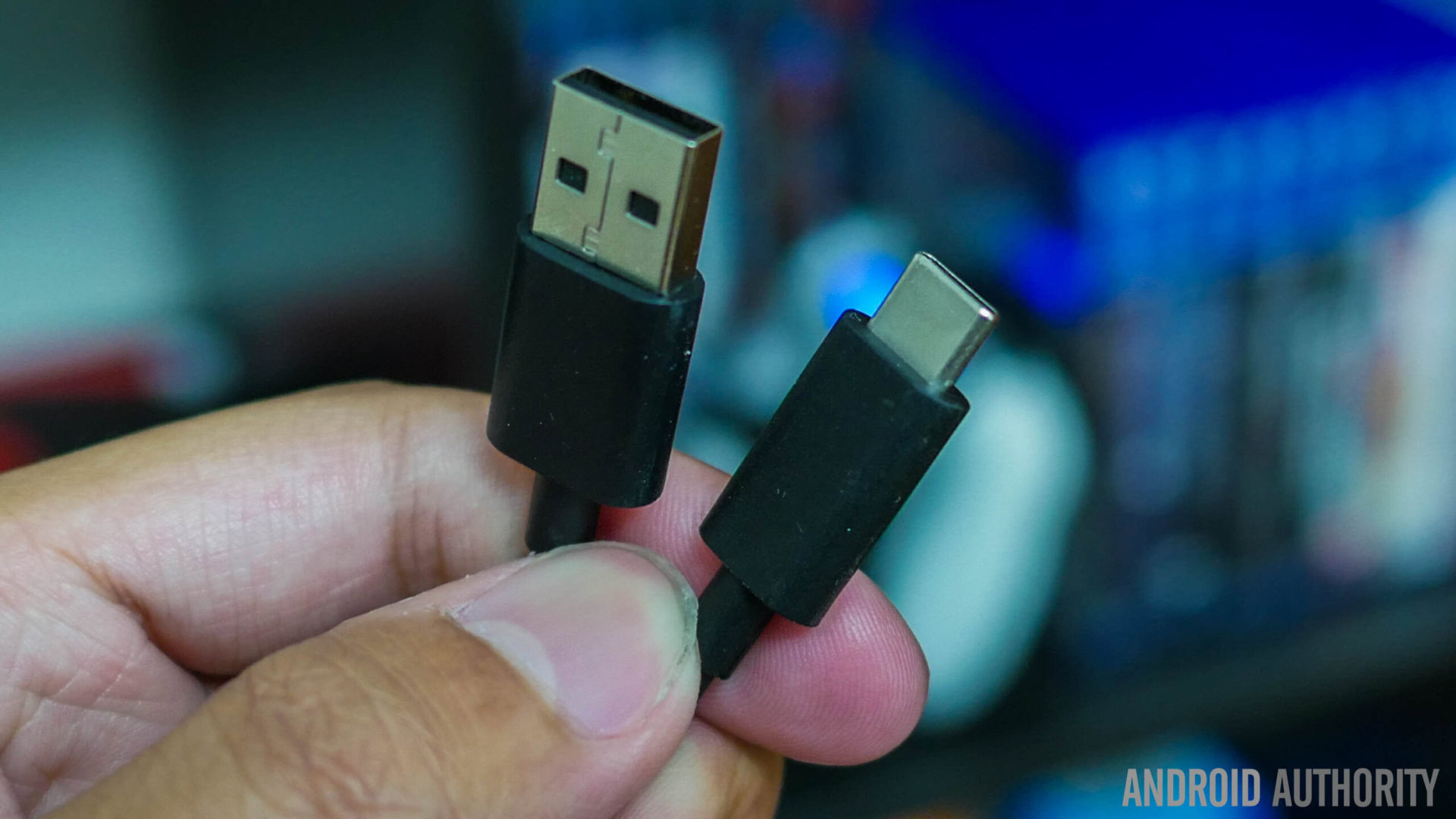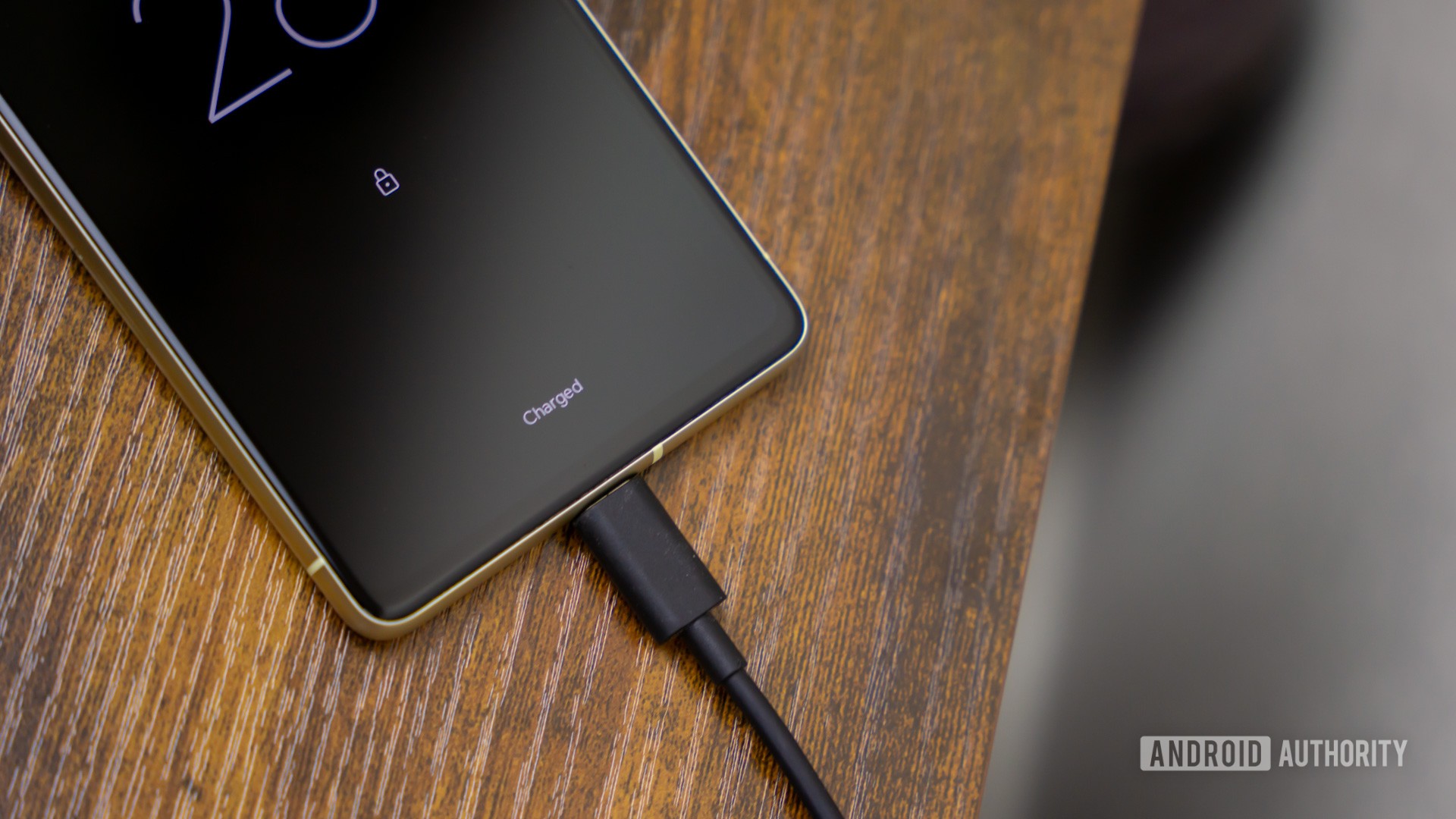Affiliate links on Android Authority may earn us a commission. Learn more.
(Update: anatomy of a disaster) What can happen when your USB cable is bad
February 3, 2016

Update, February 3: Benson Leung followed up on his Type C horror story with a more detailed explanation of what happened. Let it forever be a warning to those tempted by off-brand accessories.

Original post, January 2: What’s the worst that can happen if you get a bad cable? You might be thinking about crummy data transfer speeds or your battery charging at a crawl. That’s about what we thought before today, but product reviewer Benson Leung had a far worse experience than this. He lost three devices to a bad cable, prompting him to give the product a one-star review on Amazon. In his words: “DANGER. PELIGRO. BAD CABLE. PLEASE DO NOT BUY THIS.”
The product is Surtech’s 3M USB A-to-C cable, and Leung’s initially run-of-the-mill review of the cable wound up slaughtering his 2015 Chromebook Pixel and two USB PD analyzers. His very first interaction with this cable saw him connecting his Pixel to a 12W wall charger with power delivery sniffers buffering each connection for reviewing purposes.

As soon as he plugged in the cable, the sniffers failed immediately in what he describes as permanent damage. Even attempts to reflash the firmware were worthless. The sadder story here is the Pixel. Leung’s damage report and analysis reads thus:
On my Pixel, both USB Type-C ports stopped responding immediately. Neither would charge or act as a host when I plugged in a USB device such as an ethernet adapter. Upon rebooting my Pixel, the system came up in recovery mode because it could not verify the Embedded Controller on the system. No amount of software recovery could revive the EC. Upon closer analysis, serious damage has been done to components related to charging and managing the USB Type-C port’s capabilities.
I directly analyzed the Surjtech cable using a Type-C breakout board and a multimeter, and it appears that they completely miswired the cable. The GND pin on the Type-A plug is tied to the Vbus pins on the Type-C plug. The Vbus pin on the Type-A plug is tied to GND on the Type-C plug.
Just goes to show the importance of making sure that your electronic appliances and products are up to code before using them on your devices. Special thanks to reviewers like Leung who put their hardware on the line to get us the best information possible.
What are your thoughts on this news? As of the time of posting, the product is still up for sale, and Leung’s review has received almost 1,000 positive responses. Let us know what you’re thinking in the comments below!